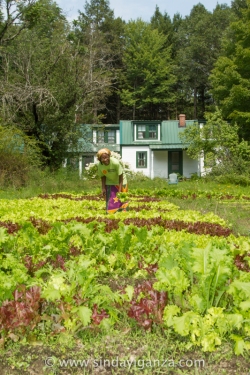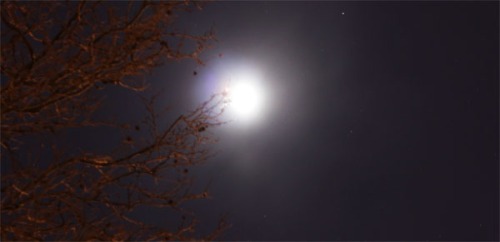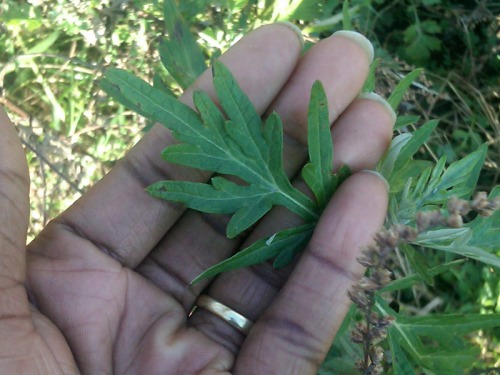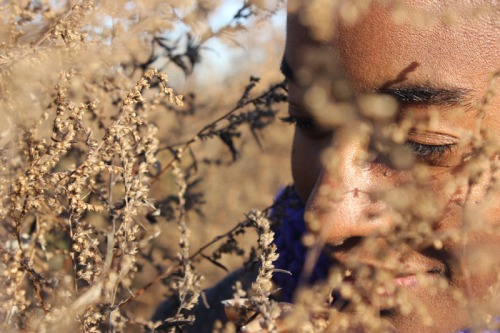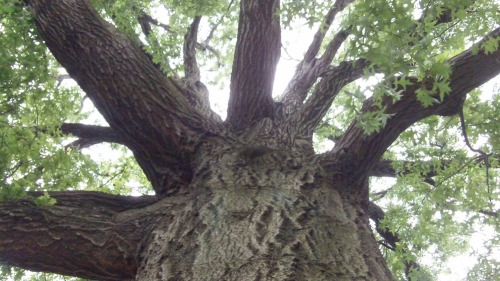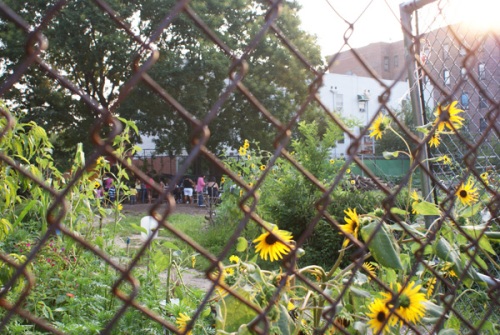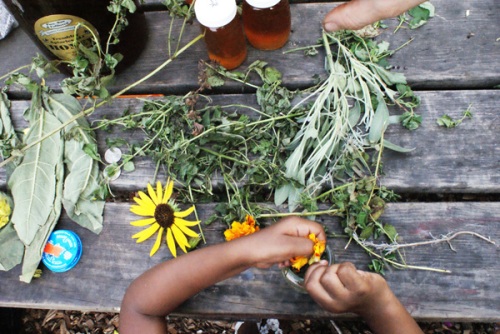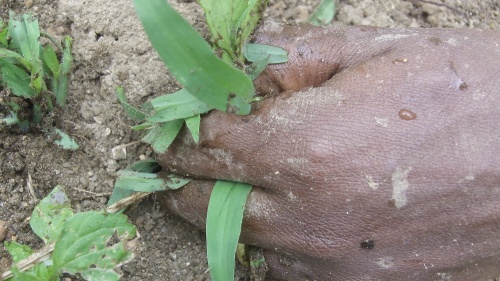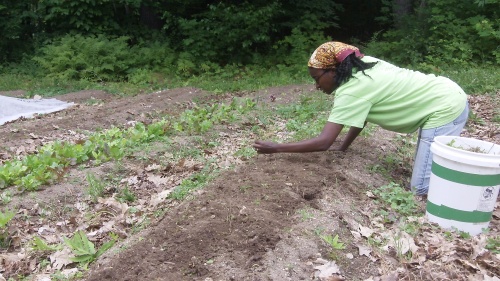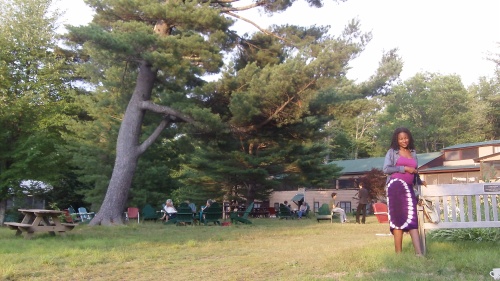The first time I made a concrete connection between the food I eat and the earth, I was 25 years old. I was in Mantanzas, Cuba with a group of language and dance students. Someone enthusiastically pointed to a mango on the soft grass under a tree. “Oh, we could eat that,” she exclaimed. “What?! I’m not going to eat something laying on the ground.” I replied. There was a moment of quiet. Then I looked down at the mango and up at the tree. “oh my goodness.” I said quietly. “The mango came from that tree.” It was a transformational moment. It was the first time I’d seen food where it grew. It was an ah-ha moment of major proportions: food did not come from a supermarket, a packet, a freezer, a truck or a box. Food came from nature and I had an opportunity to experience nourishment right the source. I picked up the mango and savored it. As I did, a yellow butterfly, the symbol of transformation, came and landed on my hand.
Nine years later, I would find myself connecting with the earth in a powerful way again when I studied herbalism with Robin Rose Bennett. Instead of teaching us to work with capsules and tea bags, Robin took us out into parks and woods and taught us to identify plants. She encouraged us to sit with plants in their habitats to learn about them that way. This was frightening to me at first, just as the mango in the grass was, but eventually it became my preferred way of getting the herbs I wanted to work with. Robin taught us that herbs could be as much a part of daily lives as food was. I thought about how often people ask about herbal solutions to problems that could be prevented or better controlled by changing their approaches to food and eating. I began to approach cooking as a healing art. I managed two farmers’ markets and learned about foods I had never seen like patty pan squash, fresh mustard greens, grape tomatoes, concord grapes, white peaches, and garlic scapes. After completing work 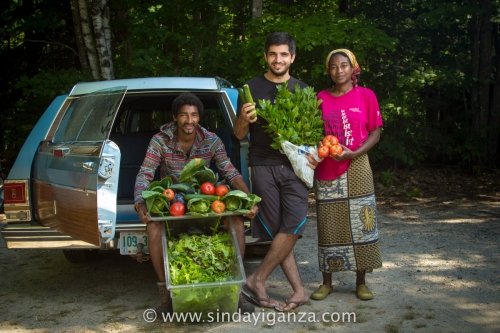 at the markets, I was desperate to know where that food came from. I wanted to see it growing. I wanted to learn how to grow it.
at the markets, I was desperate to know where that food came from. I wanted to see it growing. I wanted to learn how to grow it.
A customer at the market suggested a place where I could learn to grow food. And so one thing led to another and my family and I went to work at Work Fellowship Center (an amazing secular, social justice and environmental camp in New Hampshire) during the summer of 2010. For two summers I assisted a farmer five days a week; it was was life-changing. I learned about planting, harvesting, composting and I saw the hard work farmers put into nurturing their crops. I got to experience the highs of harvesting and the lows of bears eating crops, blight killing plants, japanese flea beetles and cabbage moths.
One of the things I had a hard time reconciling was how the very herbs I had grown to love and work with for medicinal purposes, were seen as a nuisance on the farm. Red clover, dandelion, comfrey, plantain–all faithful friends to me–were “competing” with the vegetables for nutrients and we had to remove them from the garden. I vowed to make medicine from all of the plants we “weeded” but I did not.
This summer when I arrived at WFC, there was no head farmer. I sat down in a meeting with Andy Davis, who co-directs WFC, and he asked me if I would be interested in the position. Me? I’d spent the last year traipsing up and down concrete streets, riding in buses and dollar cabs. Besides visits to my favorite park and an occasional journey to the woods, I had not had a hand in the earth for months. How the heck could I care for 3 gardens with more than 50 beds of vegetables and flowers!? I thought about it for a while and figured that what I lacked in skill, I’d learn. I knew that my love for the earth and my enthusiasm would count for something as I worked with the plants.
What I noticed early on was that the work I was doing felt so result driven that I was not connecting with the plants or the land in the way I had imagined I would. I was getting results. Food was growing, we were feeding the WFC guests. I was learning to be more efficient. I worked well with the people assigned to assist me in the garden. But something was missing. I wrote in my journal “I hear my fears and hopes more than I hear these plants. Plants in nature, wild plants, have a lot to say. They are always communicating. These plants in rows might be quieter like children in school with their hands folded. The plants that grow wild are kin to children running in the playground or the park.”
I made a decision to take more quiet time with the vegetables. I knew it would seem–ummm odd—to announce that to folks so I kept it to myself. It just seemed as though I was always working with the plants but I didn’t spend much time observing them. When I began to dedicate time to quietly looking at the plants, things started to shift. I could better see when a plant was strong and suss out what a weak plant might need. I am not saying that I had all the answers, but I am saying that I was able to establish a better understanding with the plants. Sometimes the answer might be as simple as watering the plant more. Other times I might add more compost to the soil or give a plant more space to grow. I began to pay attention to the weather, too. I realized that I was in partnership with nature and my role was that of nurturer. Being with the plants in this way was gratifying, humbling and fun!!!
A local bio-dynamic farmer Lincoln Geiger came to speak at the World Fellowship Center and his approach to farming embodied the soul and spirit of everything I had been taught about healing and herbalism. He talked about love and the spirit of the land. He spoke of plants holding the energy of both earth and sky/heaven. He shared a picture of himself reading a “grace” before milking his cows. He talked of thanking the food plants. This man has been producing food for 120 families in his CSA for decades, so obviously he and his team have a great deal of very practical knowledge about growing food and tending livestock; but what his presentation taught me is that the practical and the spiritual can go hand in hand– even in farming.
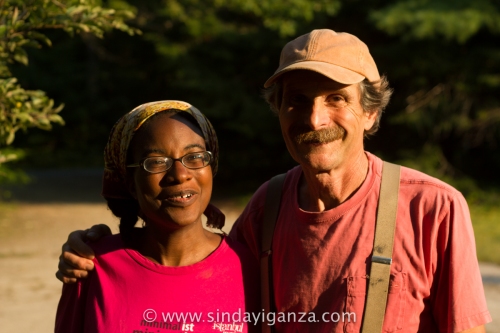
After Lincoln’s visit I still carried my harvesting knife, buckets and compost to the garden but I also brought a peaceful mind and a heart full of gratitude every day.
I had a glorious summer. I hope to carry what I have learned back to my life in New York City and share it with anyone willing to hear.
